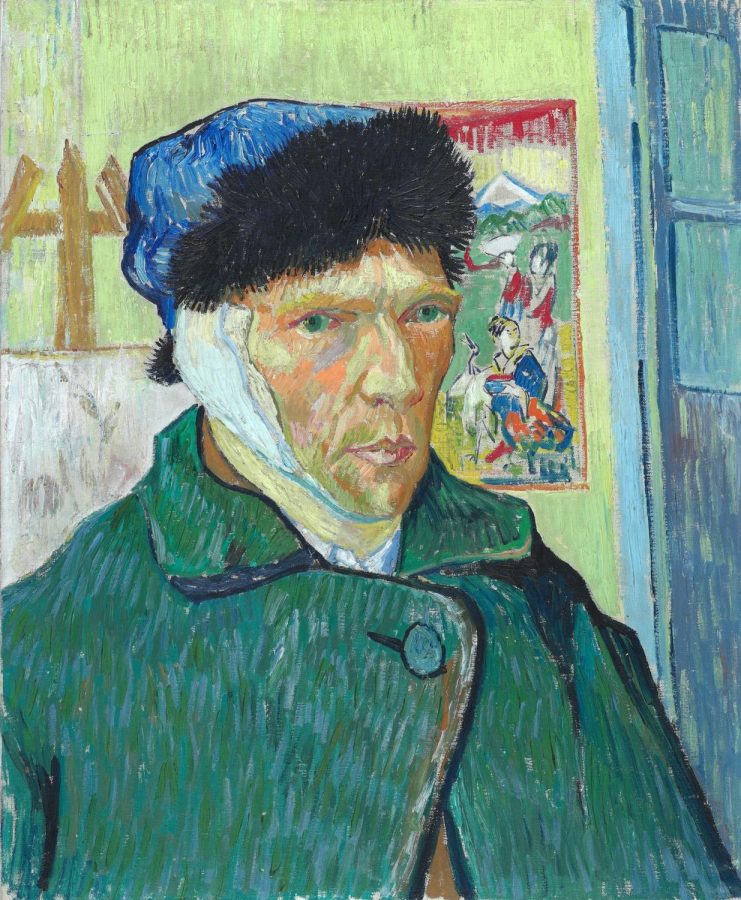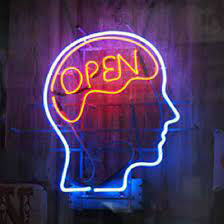The dangerous allure of the ‘tortured artist’ trope
Analyzing the relationship between mental health and artistic creativity
August 24, 2022
If you were to ask someone about renowned painter Vincent van Gogh, the chances of hearing a comment about the beautiful Starry Night or about him “chopping off his ear” are equal.
Ironically enough, Van Gogh’s The Starry Night depicts the view from the artist’s room at Saint-Rémy-de-Provence, a French psychiatric institution. Van Gogh’s time away from society to mend his damaged mental health resorted in his most popular work. The ambiance in the painting evokes peace within its observers, yet this serenity was rare for Van Gogh and many other notable artists.
A tortured artist (visual, literary, performance, etc.) is defined as “[an artist] who grapples with constant mental anguish or depression, especially when it is derived from or contributes to their art.”
One reason why the tortured artist trope is so appealing is that people can relate to the artists’ struggles. I’ll be the first to admit I enjoy the tortured artist stereotype. Whether it’s Sylvia Plath’s head in the oven, author J.D Salinger’s retreat from society, or Jack Kerouac’s schizophrenia diagnosis, I’ve always been enthralled by the juxtaposition of difficult circumstances with meaningful art.
While this contrast is satisfying, it is very important to unpack what the tortured artist stereotype implies. This trope has made it so that pain is an essential ingredient for valuable art. This is damaging and contributes directly to the romanticization of mental illness so frequently seen in popular culture.
According to a 2014 study conducted at the University of Southampton, the artwork is perceived to be superior if the observer is told that the artist is mentally ill. People are captivated by those with thought processes unlike their own. This creates the damaging notion that higher art requires a higher level of suffering. People will strive for this level of superiority, and as a consequence, sacrifice their mental well-being.
Another reason why the tortured artist trope may have manifested is the poverty that many artists face. A related figure in popular culture, the starving artist, sacrifices material goods in order to focus on their artwork. Along with that, they are forced to thrive as society tells them their passions are unrealistic. There is nothing glamorous about not having your basic needs met. It leads to depression and feelings of hopelessness.
To reverse the damage done by the tortured artist stereotype, the narrative needs to be reshaped. Instead of people seeing “tortured” artists as people who create due to their mental illness, they should see them as people who create art despite their mental health challenges.
In a perfect world, people would be able to get treatment for their mental health alongside expressing themselves creatively. Until this is our reality, people should think critically about the way artists are represented in our society.













